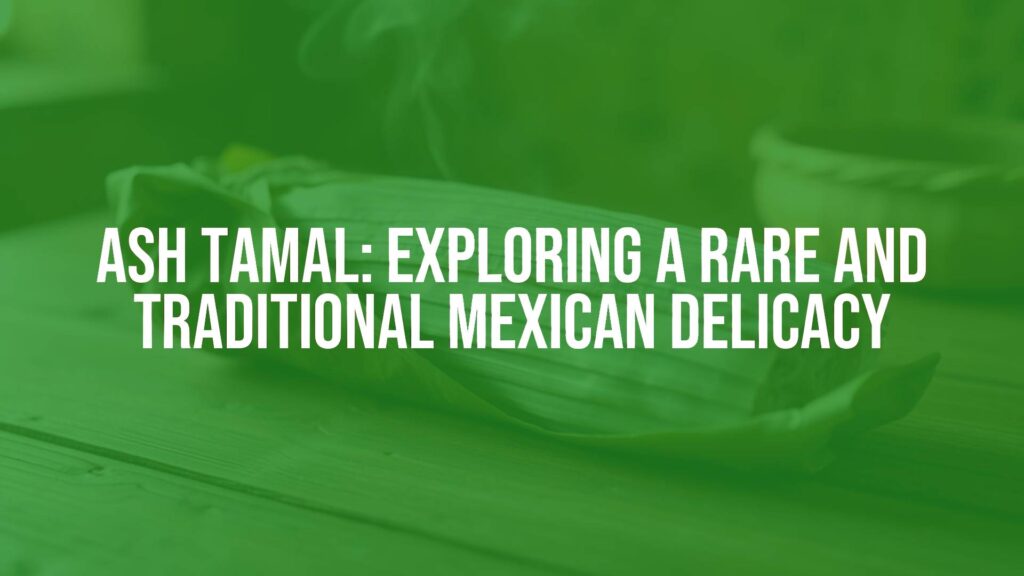Ash Tamal: Heritage and Uniqueness in Mexican Cuisine
Defining Ash Tamal
Ash tamal, also known as tamal de ceniza, stands out in the diverse world of tamales thanks to the inclusion of culinary ash—a component that imparts a subtle, earthy mineral characteristic. This tamal has a distinctive pale gray to light blue appearance, setting it apart visually from the more common golden or green tamal varieties. Recognized for its unique preparation and gentle flavor, ash tamal carries a soft, slightly sticky texture with a mild, almost nutty depth.
Historical Roots and Regional Identity
The origins of ash tamal trace back to indigenous Mesoamerican foodways, where the use of ash—specifically, ashes produced from burning wood or corn cobs—was integral to traditional cooking. In regions such as Oaxaca, Michoacán, and among several indigenous communities in Guatemala and southern Mexico, ash tamal is strongly associated with pre-Hispanic methods and is often prepared for special occasions, rituals, or festivals.
Key Ingredients and Preparation Style
The defining feature of ash tamal is the addition of edible ash, which is carefully sifted and mixed into the masa (corn dough). This ash typically comes from hardwoods or specific agricultural residues, contributing both to food safety (aiding in the nixtamalization process) and distinctive flavor. The masa, now subtly colored and flavored by the ash, is then wrapped—traditionally in corn husks—and steamed until soft and fragrant.
Most ash tamales are made without elaborate fillings. Their minimalist nature places emphasis on the flavor and texture of the treated corn itself. Occasionally, small amounts of seasoned beans or chilies are added, but the focus remains on highlighting the ash-enriched masa.
Variations and Substitutions
While the classic version uses corn masa and hardwood ash, there are local variations. Some recipes employ plantain leaves for wrapping instead of corn husks, imparting additional subtle notes. Modern adaptations may use food-grade culinary ash substitutes or even other alkaline agents to replicate the traditional effect where authentic ash is unavailable.
Certain versions, especially among indigenous groups, add herbs like epazote for another layer of aroma, or serve the tamal with a side of simple salsa or crema. Vegan and vegetarian-friendly by nature, ash tamales can easily accommodate dietary restrictions.
How to Enjoy Ash Tamal
The ash tamal is most often enjoyed as part of breakfast or as an accompaniment to hot beverages like Mexican atole or coffee. Its gentle flavor pairs well with slightly sweet drinks, citrus-infused waters, or even spiced hot chocolate. For a heartier meal, it can be served alongside black beans, fresh cheese, or a light tomato sauce.
Whether sampled during a traditional festival or prepared for a family gathering, ash tamal provides a sensory link to ancient Mexican culinary practices and offers a memorable, understated taste of deep tradition.

